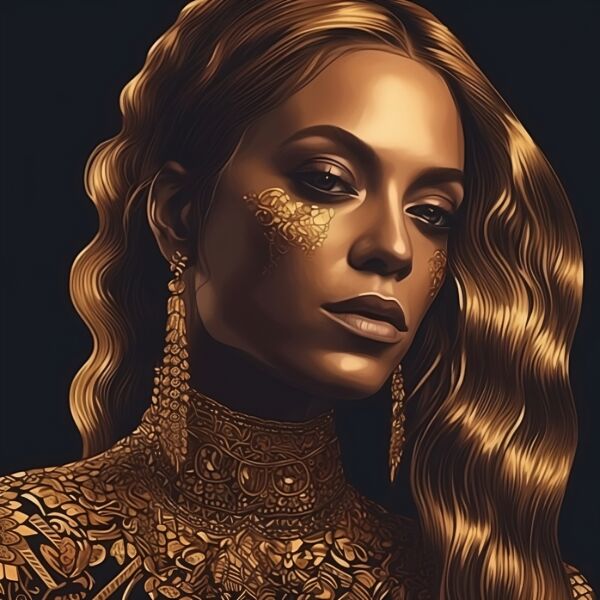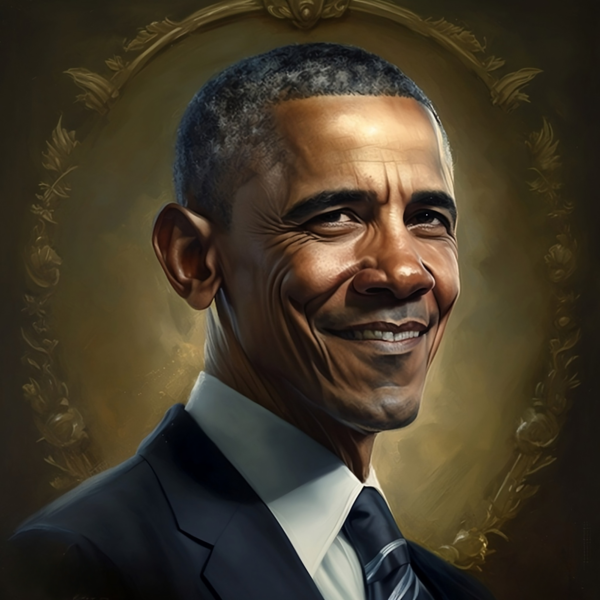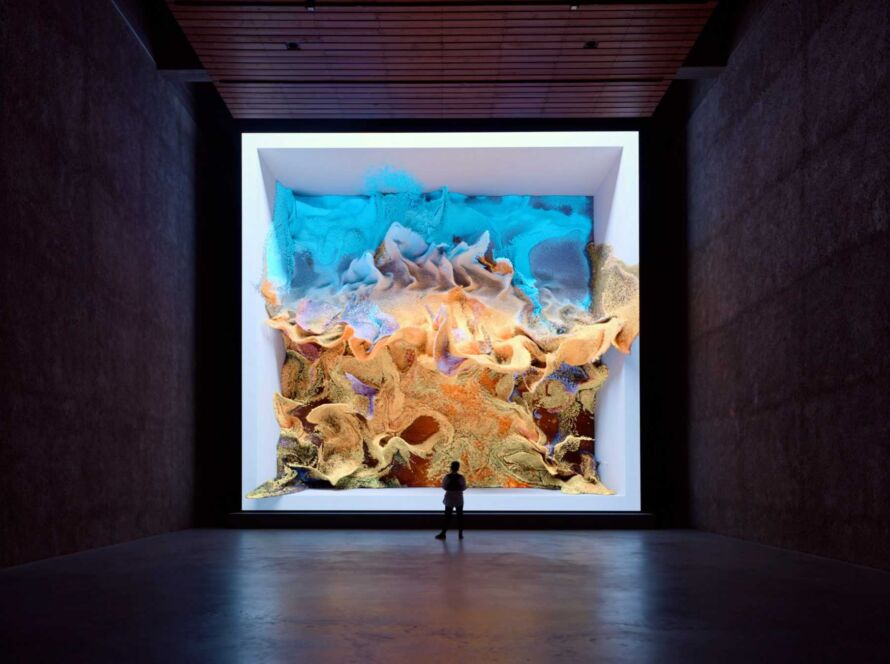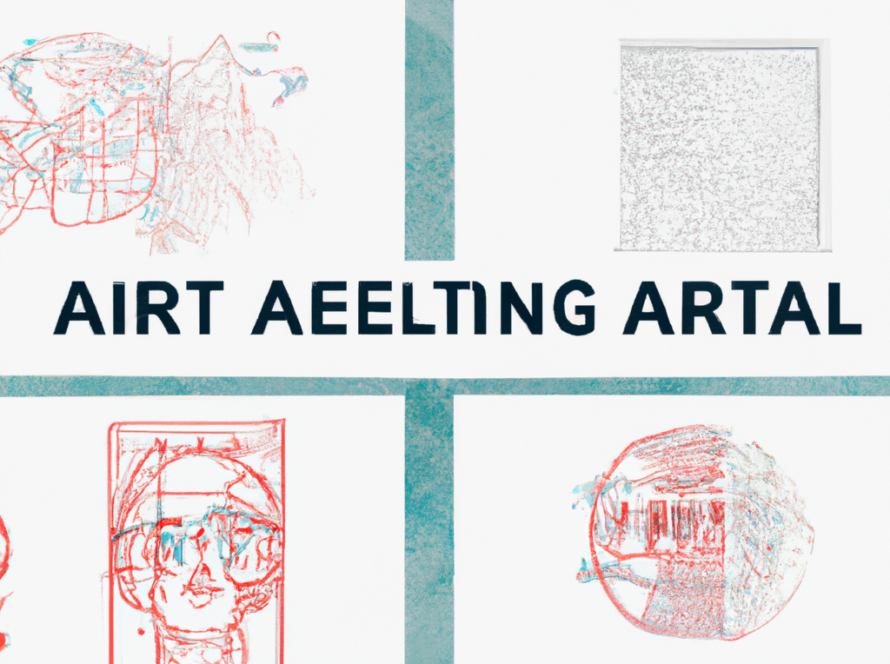Introduction
Turning AI Pixels into Art: The Unseen Process
Art, for the longest time, has been a quintessential form of human expression. However, the advent of technology has profoundly shaped its course, leading to the emergence of AI art – an intriguing amalgamation of creativity and artificial intelligence. One might wonder, how can a machine, devoid of human emotion and cognition, create art? This blog aims to shed light on this fascinating topic, unfolding the unseen process of turning AI pixels into art.
The Concept of AI in Art
AI and Art: A Historical Perspective
The marriage of AI and art is not as recent as one might think. The inklings of this fusion were seen as early as the 1960s when artists first began experimenting with computer-generated art. But the progression from basic computer graphics to sophisticated AI art has been tremendous. Today, AI has infiltrated every realm of artistic creation, from producing intricate AI prints to powering an AI art generator from photo.
Understanding the Intersection
AI in art encapsulates the use of algorithms and machine learning techniques to create or enhance artistic works. Pixels, the fundamental units of digital images, serve as the canvas for these AI systems. By manipulating individual pixels, AI can conjure artworks with astonishing depth and complexity.
AI Technologies Involved in Art Creation
AI Algorithms in Art Generation
Two critical AI technologies have significantly revolutionized the art world – Generative Adversarial Networks (GANs) and Neural Style Transfer.
GANs involve a system of two neural networks – the generator and the discriminator – competing against each other. The generator creates new data instances, while the discriminator evaluates them for authenticity. This process eventually leads to the generator producing highly realistic outputs. GANs have been widely used for creating AI art, giving birth to a new wave of AI prints that can easily pass off as human-created artwork.
Neural Style Transfer, on the other hand, separates the style from the content of an image, allowing the style of one image to be applied to another. This technology has been instrumental in driving innovations such as the AI art generator from photo, enabling users to turn ordinary photos into extraordinary pieces of art.
The Principle of Learning in AI
A fundamental aspect of AI technology is its capacity to “learn” from data. This is especially pertinent in the context of AI art, where AI systems learn the nuances of artistic styles and techniques from vast datasets of artwork. For instance, a GAN used to create AI prints might be trained on a dataset of classical paintings, allowing it to generate new artworks that echo the aesthetics of the classical era.
The Role of Data and Datasets
Data is the lifeblood of AI. Datasets, encompassing a plethora of artistic styles and periods, serve as the training grounds for AI systems. The richness of these datasets greatly influences the quality and diversity of the resulting AI art. For example, NFT54, a platform specializing in AI art, curates diverse datasets to train their AI, thereby ensuring a wide-ranging collection of AI prints.
In essence, AI art stems from an intricate interplay of technology and creativity. Pixels, imbued with the power of AI, transform into intricate pieces of art, marking a new era in the domain of artistic creation. The unseen process of turning AI pixels into art is indeed a fascinating realm to explore, and the next sections of this blog promise to delve deeper into this captivating process.
-
Beyonce
$160.00 – $200.00 -
LeBron James
$160.00 – $200.00






2 Comments